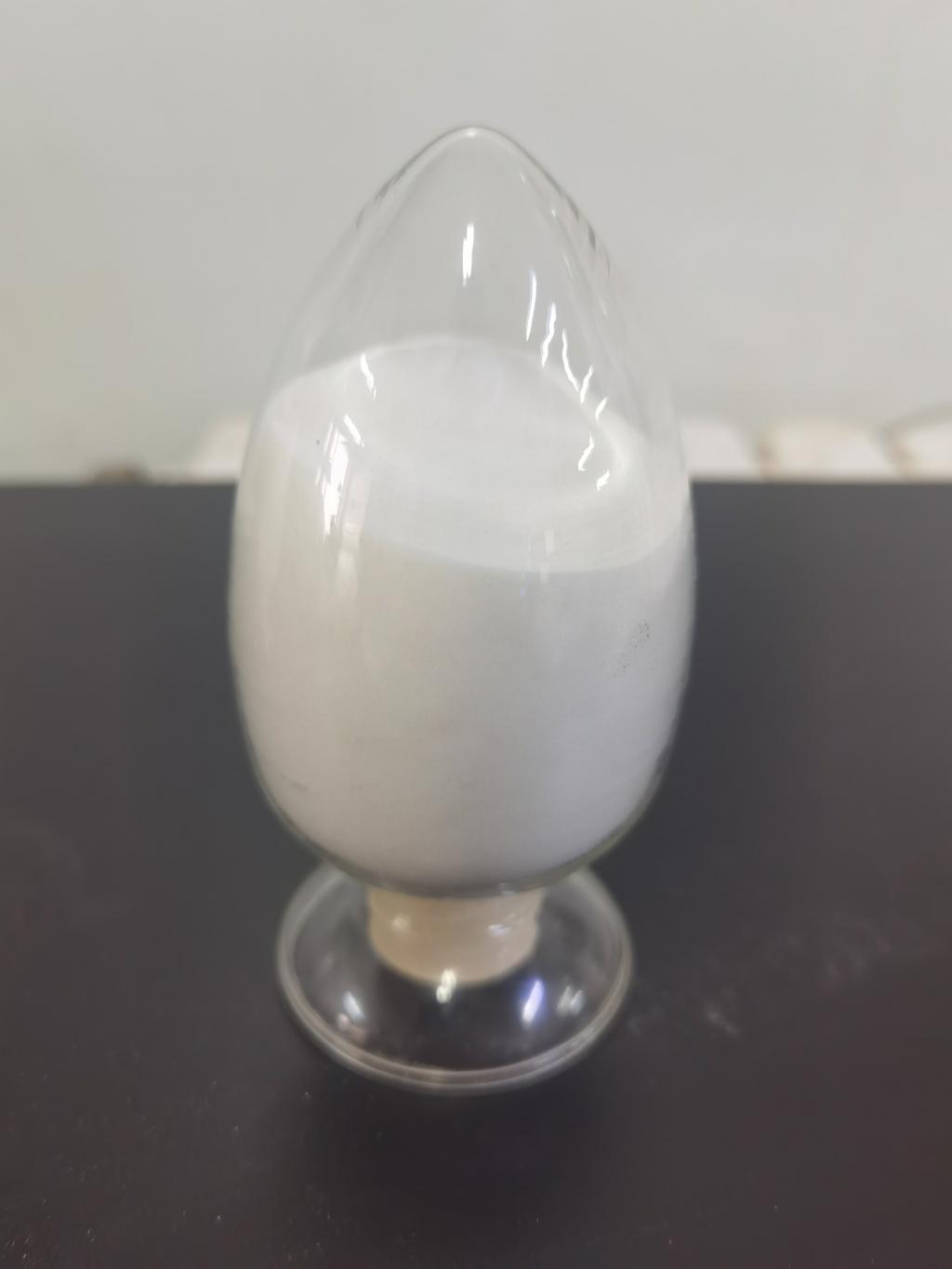Tel:+8618231198596

News
 CONTACT
CONTACT
 CONTACT
CONTACT
- Linkman:Linda Yao
- Tel: +8618231198596
- Email:linda.yao@dcpharma.cn
- Linkman:CHARLES.WANG
- Department:Overseas
- Tel: 0086 0311-85537378 0086 0311-85539701
News
Investigating the mechanisms of resistance development to ε-Polylysine hydrochloride.
TIME:2024-05-21
Background on ε-Polylysine Hydrochloride
Antimicrobial Activity
ε-PL is produced through the fermentation of Streptomyces albulus and consists of a polymer of lysine residues linked by peptide bonds. It exerts its antimicrobial effects by disrupting the cell membranes of microorganisms, leading to cell lysis and death. Its broad-spectrum activity makes it effective against both gram-positive and gram-negative bacteria, as well as yeasts and molds.
Applications in Food Preservation
In the food industry, ε-PL is used as a natural preservative to extend the shelf life of various food products, including dairy, meat, seafood, and baked goods. Its ability to inhibit spoilage organisms and pathogens makes it an attractive alternative to synthetic preservatives.
Mechanisms of Resistance to ε-Polylysine Hydrochloride
Target Modification
Microorganisms can develop resistance to ε-PL by modifying their cell membrane structure or composition to reduce susceptibility to the peptide. This may involve alterations in membrane lipids, proteins, or other components that are targeted by ε-PL.
Efflux Pumps
Efflux pumps are membrane proteins that actively pump antimicrobial agents out of bacterial cells, reducing their intracellular concentration and rendering them less susceptible to the antimicrobial effects. Microorganisms may upregulate efflux pumps in response to ε-PL exposure, leading to decreased intracellular accumulation of the peptide.
Biofilm Formation
Biofilms are complex communities of microorganisms encased in a matrix of extracellular polymeric substances. Biofilm formation provides protection against antimicrobial agents by limiting their penetration and diffusion into the microbial community. Microorganisms exposed to sub-lethal concentrations of ε-PL may adapt by forming biofilms, making them more resistant to subsequent treatments.
Genetic Mutations
Genetic mutations can confer resistance to ε-PL by altering the expression or activity of genes involved in susceptibility to the peptide. Mutations may occur in genes encoding membrane proteins, efflux pumps, or other cellular components targeted by ε-PL, leading to reduced binding affinity or altered function.
Factors Contributing to Resistance Development
Sub-Lethal Exposure
Exposure to sub-lethal concentrations of ε-PL can provide selective pressure for the emergence of resistant strains. Sub-inhibitory doses may allow microorganisms to survive and adapt to the presence of the peptide, leading to the development of resistance over time.
Cross-Resistance
Microorganisms may develop cross-resistance to ε-PL as a result of exposure to other antimicrobial agents with similar mechanisms of action. This can occur through shared resistance mechanisms or compensatory adaptations that confer protection against multiple antimicrobial compounds.
Environmental Factors
Environmental conditions, such as temperature, pH, and nutrient availability, can influence the susceptibility of microorganisms to ε-PL and their ability to develop resistance. Stressors such as heat, acidity, or nutrient limitation may induce adaptive responses that enhance resistance to antimicrobial agents.
Strategies to Address Resistance
Combination Therapy
Combination therapy involving ε-PL and other antimicrobial agents with distinct mechanisms of action can help prevent resistance development and enhance antimicrobial efficacy. By targeting multiple cellular pathways simultaneously, combination treatments reduce the likelihood of resistance emergence and increase the effectiveness of antimicrobial treatment.
Genetic Engineering
Genetic engineering techniques can be used to modify the genetic makeup of microorganisms to enhance susceptibility to ε-PL or prevent resistance development. This may involve targeted gene knockout or overexpression to disrupt resistance mechanisms or restore sensitivity to the peptide.
Alternative Preservatives
Exploring alternative natural preservatives with complementary mechanisms of action can provide effective alternatives to ε-PL and reduce the selective pressure for resistance development. Substituting or rotating antimicrobial agents in food formulations can help diversify the antimicrobial arsenal and minimize the risk of resistance.
Surveillance and Monitoring
Regular surveillance and monitoring of microbial populations in food processing environments are essential for detecting emerging resistance trends and implementing timely interventions. Monitoring programs can identify changes in susceptibility patterns and guide the selection of appropriate control measures to mitigate resistance development.
Conclusion
Resistance development to ε-Polylysine hydrochloride poses a significant challenge in food preservation and antimicrobial therapy. Understanding the mechanisms underlying resistance is essential for developing effective strategies to mitigate this issue. Target modification, efflux pumps, biofilm formation, and genetic mutations are among the mechanisms through which microorganisms can develop resistance to ε-PL. Factors contributing to resistance development include sub-lethal exposure, cross-resistance, and environmental factors. Strategies to address resistance include combination therapy, genetic engineering, alternative preservatives, and surveillance and monitoring. By adopting a multifaceted approach to resistance management, the food industry can effectively preserve the antimicrobial efficacy of ε-PL and ensure its continued use as a valuable tool for food safety and preservation.
- Tel:+8618231198596
- Whatsapp:18231198596
- Chat With Skype







